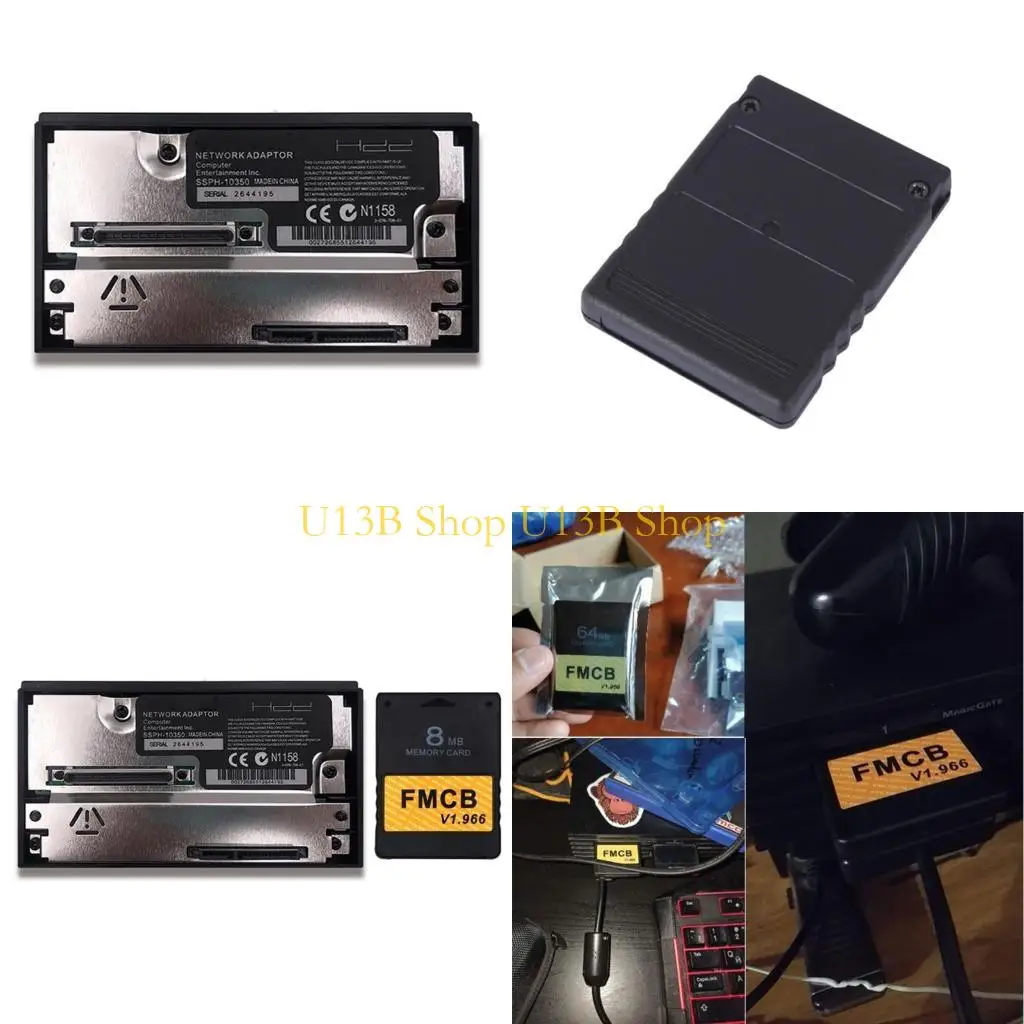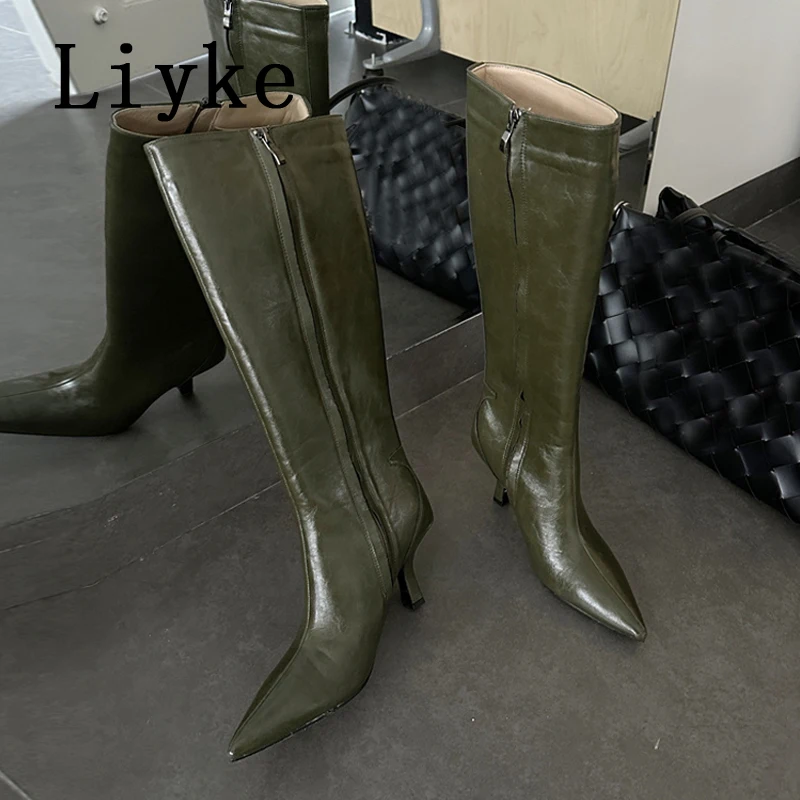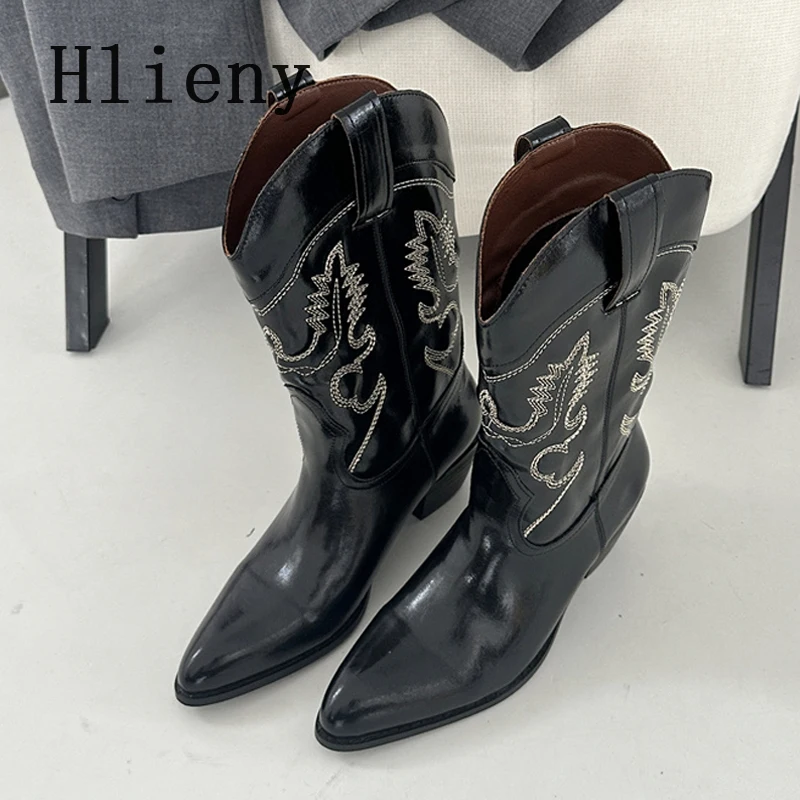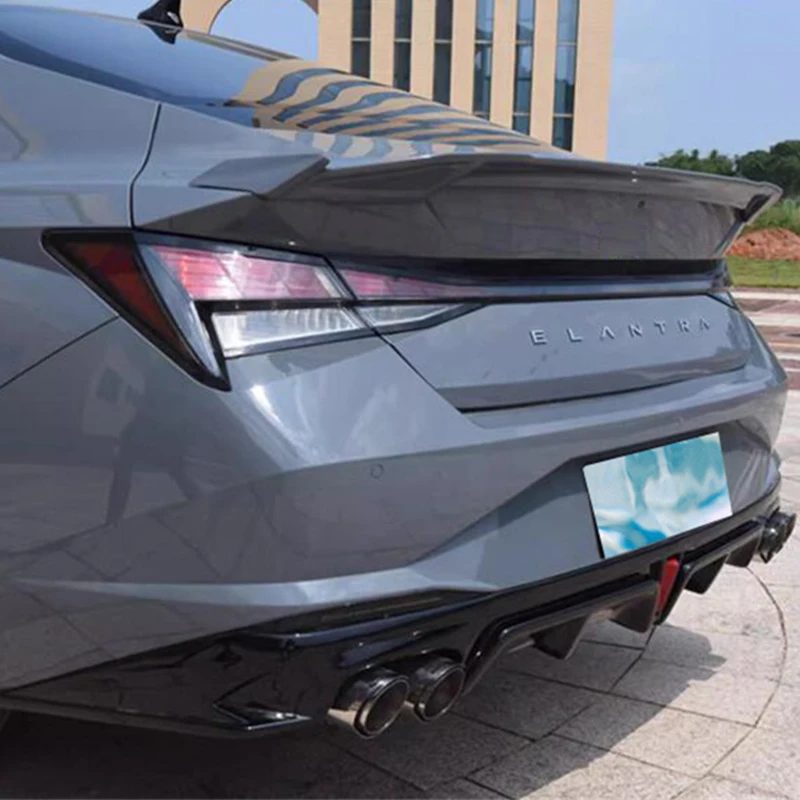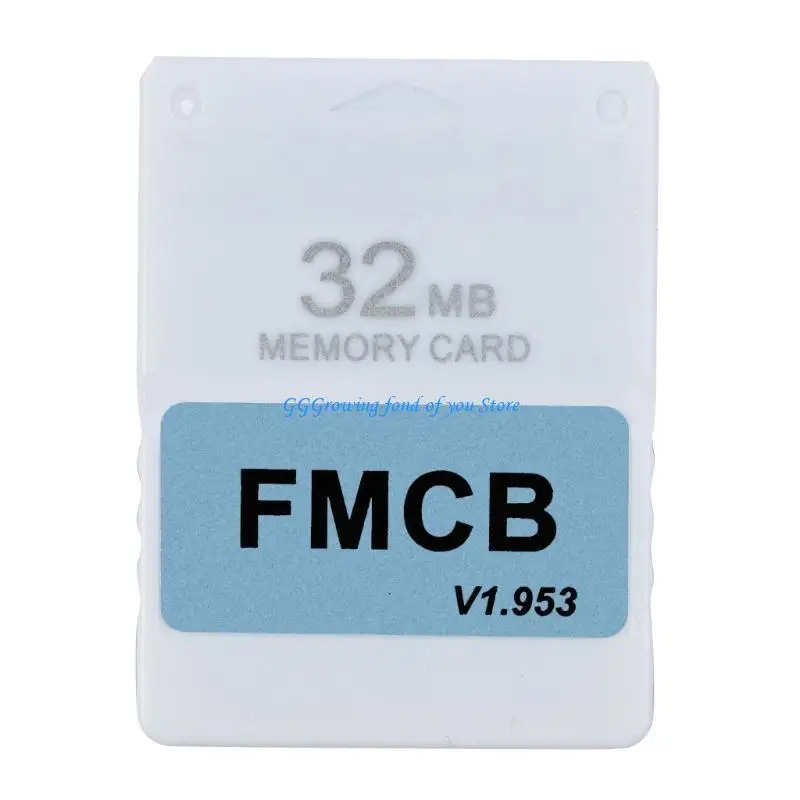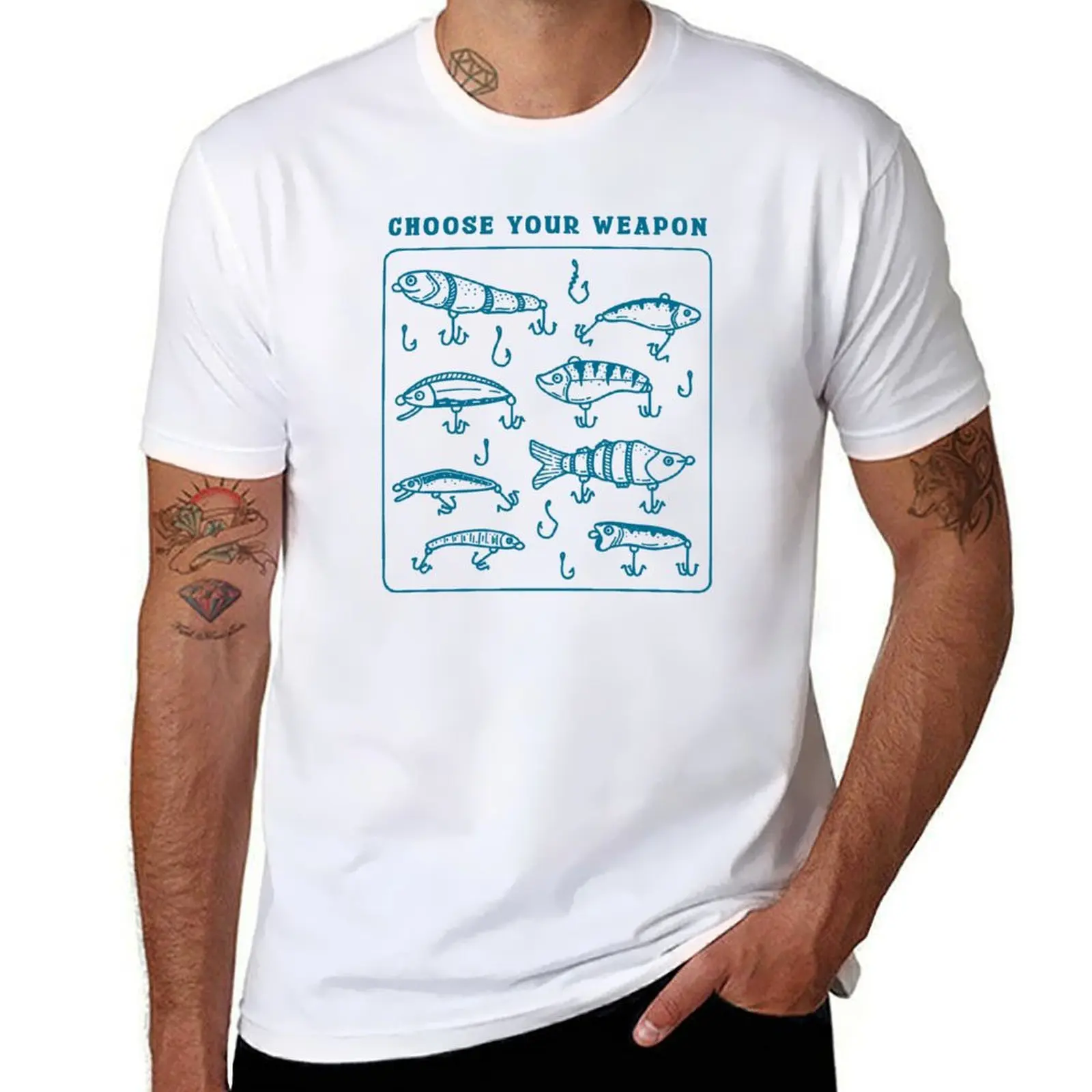Высококачественное порошковое покрытие из чистого полиэстера различных
- Категории: Лодочная краска >>>
- Поставщик: Weifang,East,Steel,Pipe,Co.,Ltd.
Поделиться:
Описание и отзывы
Характеристики
High quality various color pure Polyester Powder Coating
Polyesters are the most commonly used powders and offer great value for money. The two most widely used types of polyester powder: TGIC (tri glycidyl isocyanurate) and non-TGIC, which is also known as TGIC-free or sometimes a ‘Primid’. Both TGIC and TGIC-free polyesters offer good mechanical resistance, including great flexibility and impact resistance, and good chemical resistance.



advantage
• excellent weathering resistance
• excellent mechanical properties
• high flexibility
• good leveling properties
• good storage stability
• excellent optical appearance
For applications that involve items permanently outside, super durable polyester may be desirable to increase durability and wearability.

SPECIFICATION
Shades: principally RAL and NCS shades; also special colours are available by arrangement
Surface Appearance: smooth
Gloss: glossy (≥ 80%), semi-glossy (65-72%)
Density: 1400 – 1700 kg/m3 , depending on colour shade
Spreading Rate: 7 – 9 m2/kg at 70 μm film thickness
Storage Conditions: in originally closed boxes at temperature 5 – 25°C

Applications:
• agricultural machines
• garden furniture
• garden tools
• automobile parts
• bicycles
• Road marking piles
• automotive industry
• transportation equipment
• accessories and wheels for automobiles and motorcycles
• road isolation fence
• air conditioner casing and gas furnace
• handrails and fences
• utility poles


Physical Properties:* | Glossy |
Cure parameters (object conditions) | 10 min / 160 °C |
Film thickness in μm (ISO 2808) | 60-80 μm |
Gloss, units 60° (ASTM 523, ISO 2813) | 80 – 95 |
Adhesion (ISO 2409) | Gt 0 |
Bend test (ISO 1519) | ≥ 5 mm |
Elasticity – Cupping test (DIN ISO 1520) | ≥ 7 mm |
Hardness (Bucholz) (ISO 2815) | ≥ 91 |
Chemical Properties:** |
|
Salt spray 500 h (ISO 9227) – Delamination at cut: | ≤2 mm |
Hum. cabinet 1000 h (ISO 6270-2) – blistering, delamination at cut: | 0 (S0), ≤ 1 mm |
QUV – B (313 nm), 300 hrs, gloss retention – % | ≥ 50 |


















